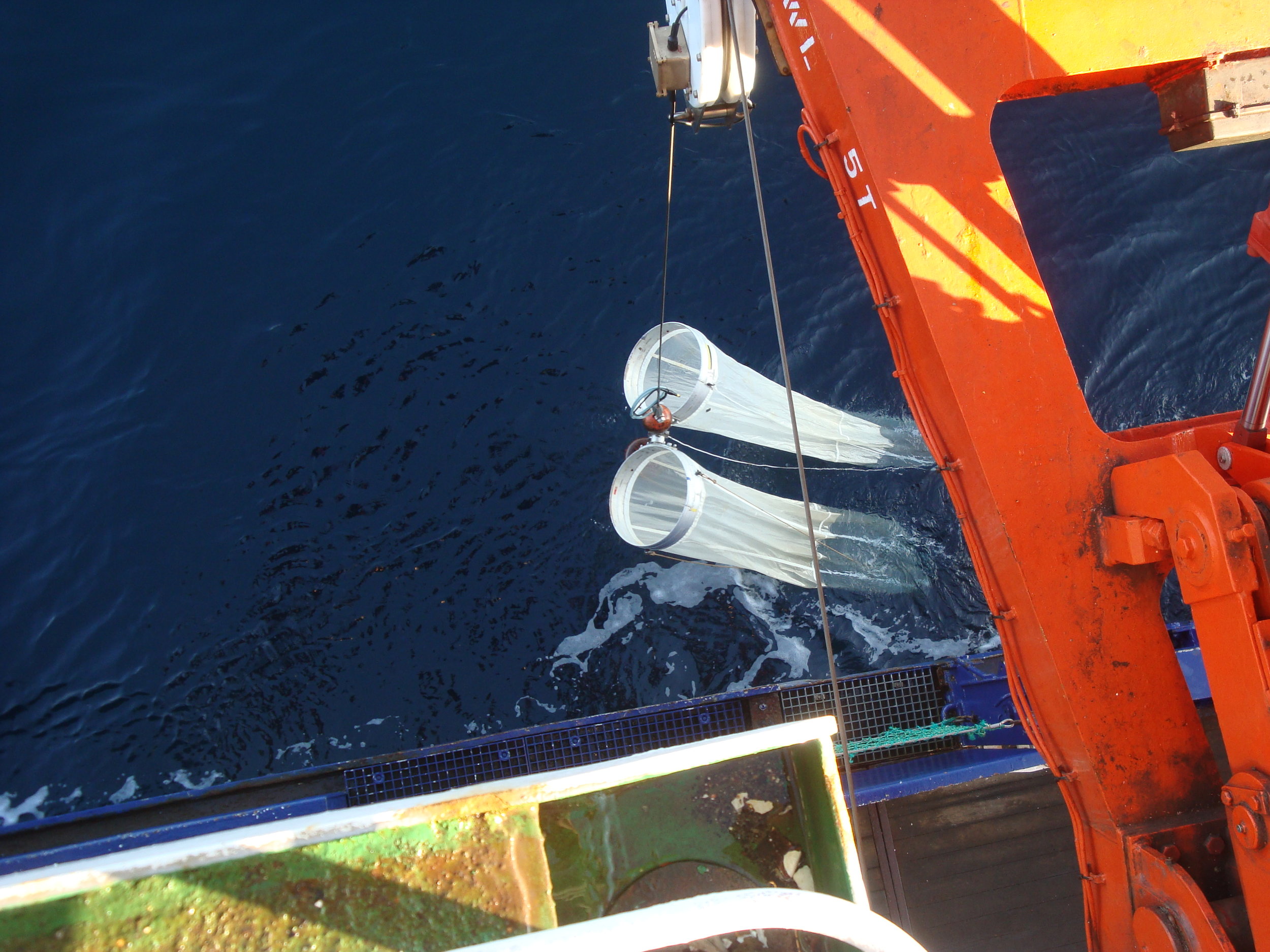Microplastics in the Atlantic Ocean
A view of the Atlantic Ocean in November 2015. Photo credit: La Daana K. Kanhai
The Atlantic Ocean is the second largest ocean in the world. On the west, it is bound by the North and South American continents while on the east, it is bound by the European and African continents. It has the largest meridional extent of all oceans as it stretches from the Arctic in the north to the Antarctic in the south.
Within the Atlantic Ocean, oceanic phenomena which are of interest when discussing the issue of plastic pollution are the sub-tropical gyres (well-known accumulation zones for plastics) and upwelling ecosystems (‘biota-rich’ zones). Along the western coastline of Africa are the Canary and Benguela upwelling ecosystems which are both vitally important ecosystems. Although, data exists about microplastics in the sub-tropical gyres of the Atlantic Ocean, very little was known about microplastics and their potential interactions with marine organisms at upwelling regions in the Atlantic Ocean.
In November 2015, I participated in the Floating Summer School on Biological Oceanography onboard the German icebreaker RV Polarstern. This PS95 expedition or the North/South Atlantic Training Transect (NoSoATT) left Bremerhaven, Germany and traveled to Cape Town, South Africa. As the vessel traversed the waters of the Atlantic, I along with the other participants were trained in various aspects of Biological Oceanography. I also had the opportunity to sample the sub-surface waters along the NoSoATT for microplastics.
Floating Summer School on Biological Oceanography or the North/South Atlantic Training Transect (2015)
32 participants from 19 different countries journeyed across the Atlantic Ocean for a period of 5 weeks in November 2015. Training covered 5 different areas (see details below). Photo credit: Alfred Wegener Institute.
Microplastic abundance, distribution and composition along a latitudinal gradient in the Atlantic Ocean
Sub-surface Atlantic waters, taken in by the underway system of the RV Polarstern, was filtered while the vessel was in transit. Visual identification of samples facilitated the isolation of suspected microplastics. Fourier Transform Infrared (FT-IR) Spectroscopy was then used to identify the polymer composition of the particles.
Physical Oceanography Group
Within the Atlantic Ocean, the various water layers were sampled using a CTD rosette sampler. Photo credit: La Daana K. Kanhai.
Zooplankton Group
Horizontal as well as vertical bongo nets were used to sample Atlantic waters for zooplankton. Photo credit: La Daana K. Kanhai.
Phytoplankton Group
Participants were trained in the identification of phytoplankton that were obtained from various locations in the Atlantic Ocean. Shown in the photograph is Planktoniella sol. Photo credit: La Daana K. Kanhai.
Remote sensing Group
Participants were also introduced to remote sensing and learnt about its application to biological oceanography.
Tools Group
Within this group, participants discussed key tools and skills that were relevant for early career scientists. Shown in the photograph are participants from group 2. Photo credit: Eleni Bintoudi.
Sunset in the Atlantic Ocean in November 2015. Photo credit: La Daana K. Kanhai








